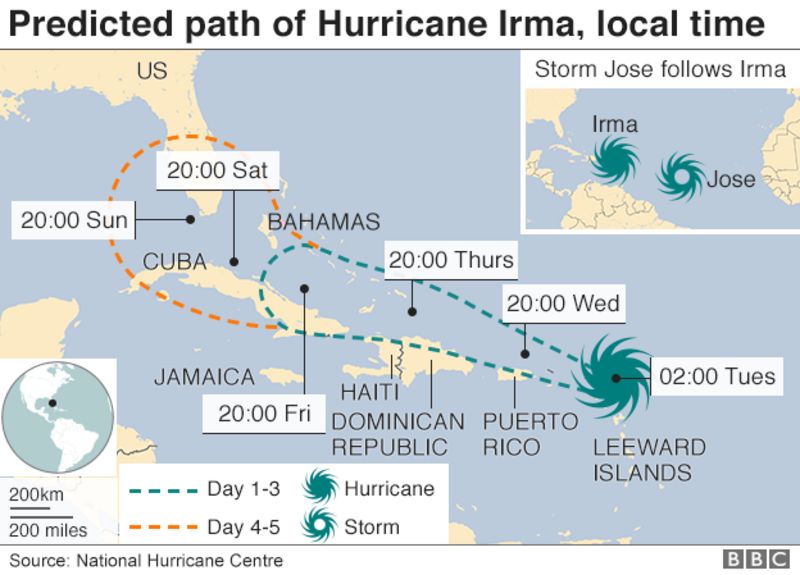


The family, who provided Armstrong a “second home,” lent him money to buy his first cornet. The business opened downtown in 1913 and had a residence above it where the late jazz legend would often eat meals. Armstrong would play a small tin horn as he worked on the coal and junk wagons, according to the National Park Service. The Karnofsky Tailor Shop, where a Jewish family employed Armstrong, collapsed Sunday during the storm. NEW ORLEANS - A storied New Orleans jazz site where a young Louis Armstrong once worked toppled when Ida blew through Louisiana as one of the most powerful hurricanes to ever hit the U.S. Mickey Welsh / The Daily Advertiser/USA TODAY Network via Reuters The Associated Press The collapsed jazz club the Karnofsky Shop after Hurricane Ida ripped through New Orleans, on Aug. “It’s going to be a long road and we are going to need a lot of help," he said. “Some areas will come back on in days, some areas will take weeks," he added.Ĭomparing Ida's impact to the devastating aftermath of Hurricane Katrina 16 years ago, Nungesser said his "heart sinks" thinking about what the state had to go through to recover. Nungesser said first responders are going from house to house, checking on people's attics for any survivors.Īround 25,000 crews are also working "day and night" to restore power to more than 1 million people who were still without electricity Tuesday morning, Nungesser said. "Knowing that so many people stayed behind in places like Grand Isle and Lafitte where flood waters have devastated those areas, we expect there will be more people found that have passed," Nungesser said. “Too many people always ride these storms out and take their lives into their own hands.” The death toll from Hurricane Ida is likely to keep growing, Louisiana's Lieutenant Governor Billy Nungesser told the "TODAY" show Tuesday.


 0 kommentar(er)
0 kommentar(er)
